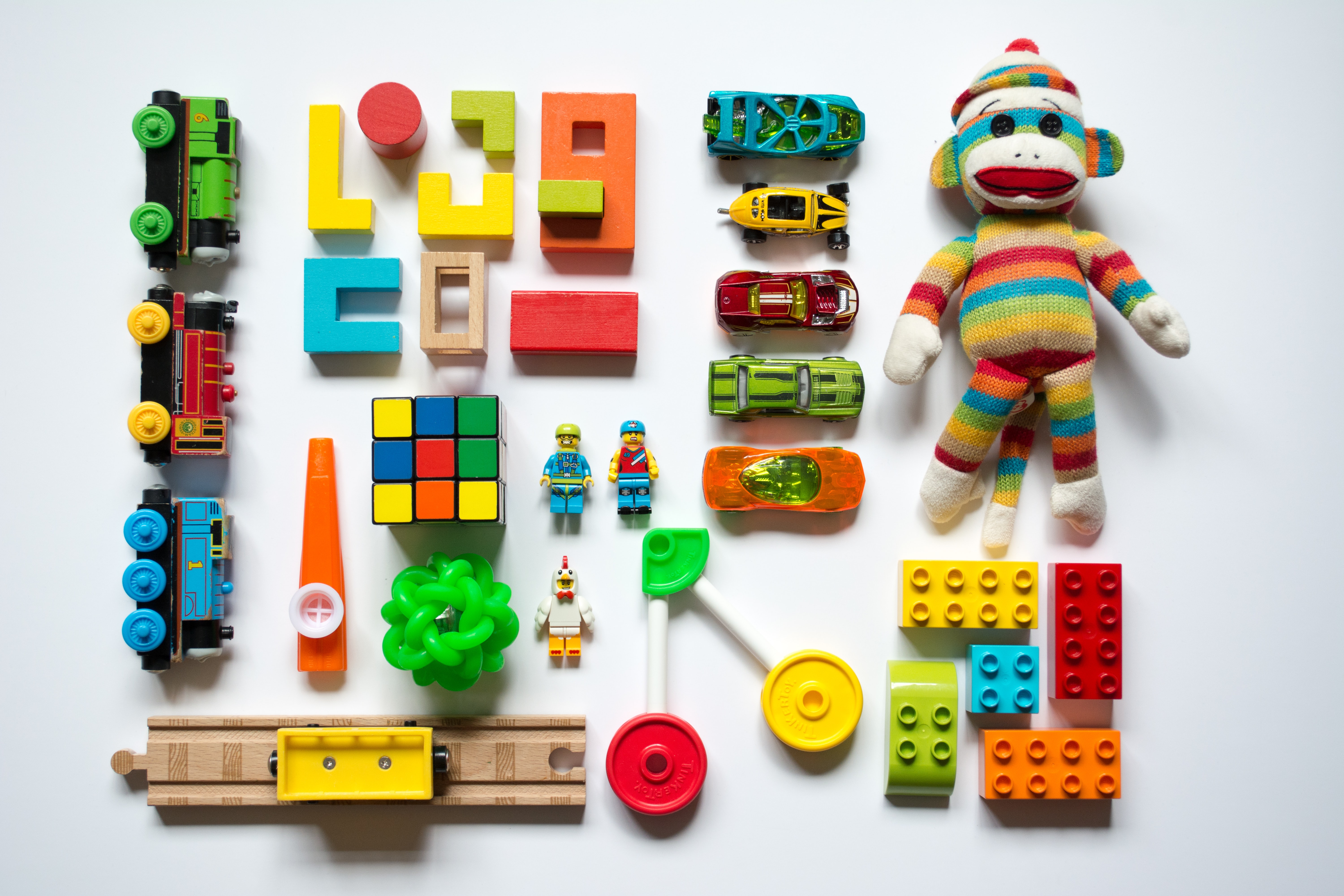Daycare injuries can and do happen by accident, and in some cases, there may be no negligence or case against the facility.
When parents drop their children off at a daycare, the daycare has a legal responsibility to care for the child and assumes the role of caregiver. Proper care is a requirement, that if breached, allows for parents of injured children to sue the daycare for negligence.
Negligence would have to be proven, and in some cases, injuries or even death of a child are found not to be the result of negligent daycare staff.
One recent case involved a daycare in Florida where a five-month old child died from traumatic brain injuries. The daycare was found not guilty when the investigation found that the child fell off of a swing after being startled by another child in the daycare. The staff and facility did not engage in any criminal or negligent activity.
While true accidents do not often lead to legal punishment, negligence will lead to legal ramifications.
Negligence may occur due to:
State Training Requirements for Caregivers Not Being Met
Parents may go to a daycare and read rave reviews, but also need to take the time to ask the daycare what their training program entails for caregivers. The State of Texas requires a 24-clock hour training that must be relevant to the children that the caregiver is offering care to at the facility.
The training helps keep children safe in the daycare and may include recognizing:
- Head trauma abuse
- Unsafe sleeping practices
- SIDS
- Shaken baby syndrome
Training also includes teacher-children interaction, child growth and development, how to spot abuse and how to prepare for emergencies. If key training is not followed, it can increase the risk of daycare injury.
Improper Facility Standards
Parents are encouraged to visit a facility, tour the facility and ask questions pertaining to:
- Food preparation
- Sanitization
- Storing waste
- Cleanliness
State guidelines require that facilities:
- Clean equipment
- Clean grounds
- Maintain the building
- Maintain equipment
Facilities are responsible for ensuring that all equipment is properly repaired and maintained. Sanitization of toys, equipment, cloth toys and other items must also be followed. Garbage must be made inaccessible to children. Floors, ceilings and other areas must be cleaned and repaired at all times.
Areas that children are in also need to be lighted, heated and ventilated.
Proper cleaning and facility guidelines allow for lower risks of injury or sickness for children in the care of the facility.
Caregiver to Children Ratios Not Followed

Caregivers have to be able to watch all children in their care adequately. The older the children, the less reliant they are on the caregiver and the more children the caregiver can watch. Ratios may change by state, but in Texas they are:
- 4 children between 0 and 11 months per caregiver
- 5 children between 12 and 17 months per caregiver
- 9 children between 18 and 23 months per caregiver
- 11 children at 2 years old per caregiver
- 15 children at 3 years old per caregiver
- 18 children at 4 years old per caregiver
- 22 children at 5 years old per caregiver
- 26 children at 6-13 years old per caregiver
Adults must actively be involved in the care of any child under the age of 2. If the facility lacks the proper number of caregivers for the number of children watched, this can lead to lack of proper supervision and injuries.
Not Following Discipline and Guidance Guidelines
Child discipline guidelines must be followed. There is a fine line to what discipline is acceptable or not. Discipline must be:
- Consistent across all children
- Adequate for the age and understanding of the child
- In an effort to teach the child self-control and what behavior is acceptable
Discipline must be used with a method that encourages self-control and self-direction while also encouraging the child’s self-esteem. Positive discipline may include:
- Praise when good behavior is exhibited
- Reminders of behavior expectations
When a child’s behavior does not change, time out or separation from the group may be appropriate.
Facilities are not allowed to:
- Use profane or harsh language directed towards a child
- Humiliate the child in any way
- Hit the child, even their hand
- Shake, bite or pinch the child
- Punish the child by eliminating food or naps
- Requiring the child to not move or speak for a period that is inappropriate for the child’s age
Parents should inquire about the facility’s disciplinary norms and guidance. If the norms are not followed, it can lead to a negligent environment.
Taking Children on Field Trips Without Following Standards
Field trips require that the daycare facility follow state guidelines and standards. Any time that a child is removed from the facility, it is up to the facility to meet appropriate guidelines. Parents should be consulted and the facility should ask that the parent:
- Sign paperwork granting permission to go on the field trip
- Sign paperwork that allows transportation of the child
Caregivers must adhere to basic safety standards during a field trip, including:
- Carrying medical consent forms
- Carrying emergency information for all children
- Carrying a checklist of all children on the trip
- Ensuring a first aid kit is available
- Requiring that children have a way to identify their names and number via a name tag or ID card
- Ensuring caregivers are easy to identify for all children
One caregiver in each group must have training in pediatric CPR and pediatric first aid. Caregivers are also responsible for having a way to contact transportation in the event of an emergency or have a plan in place for emergency transport.
The caregivers must also have a list of all food allergies for the children who will be going on the trip.
If caregivers do not follow all of the guidelines when taking children on a field trip, it can be seen as negligence and unnecessarily put the children at risk.
Daycare injuries can and do happen by accident, and in some cases, there may be no negligence or case against the facility. When parents visit a facility, they need to make sure the facility meets all of the guidelines above to lower the risk that their children will be entering an unsafe daycare.


Join the conversation!